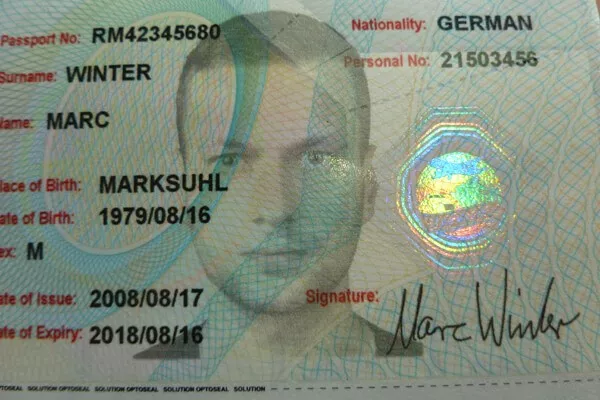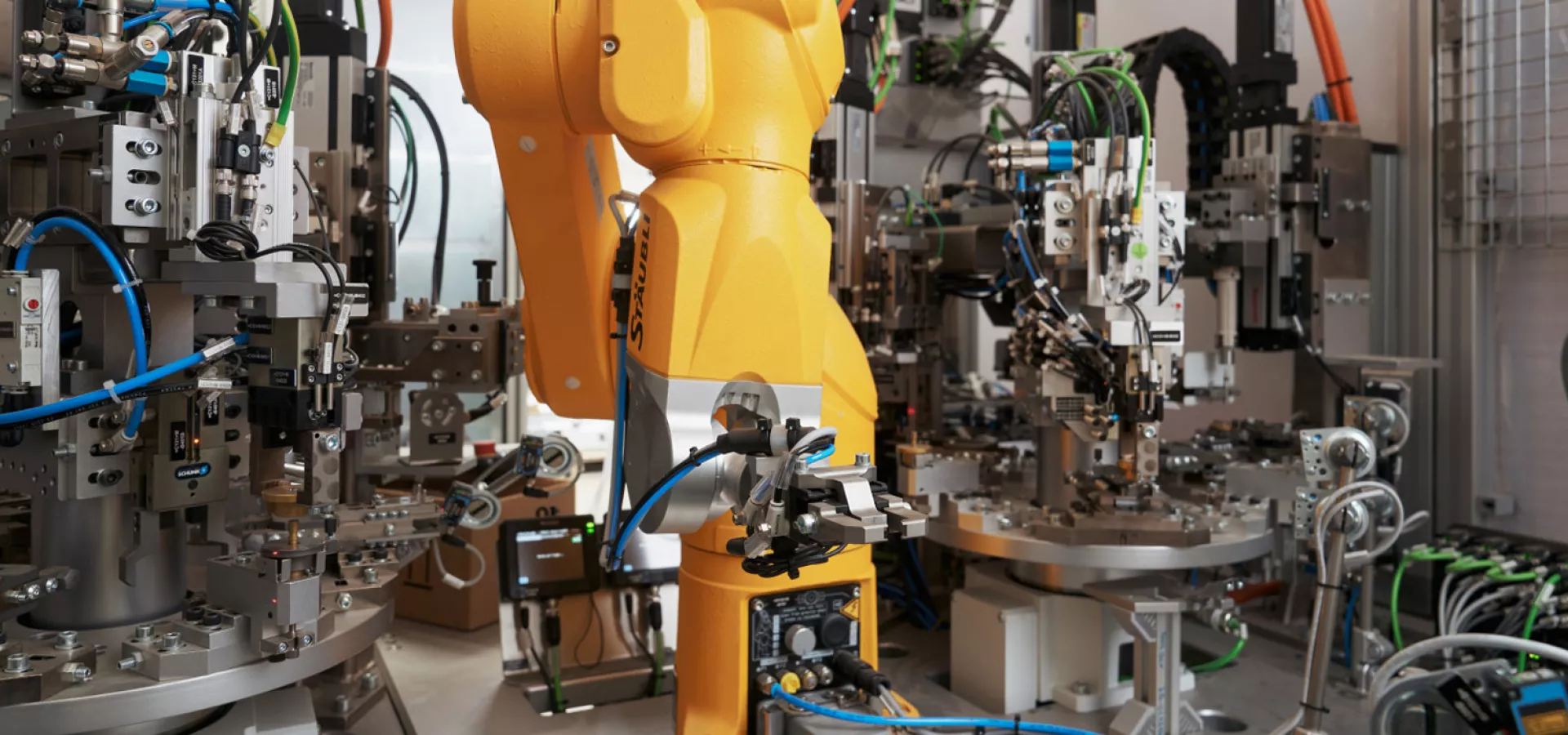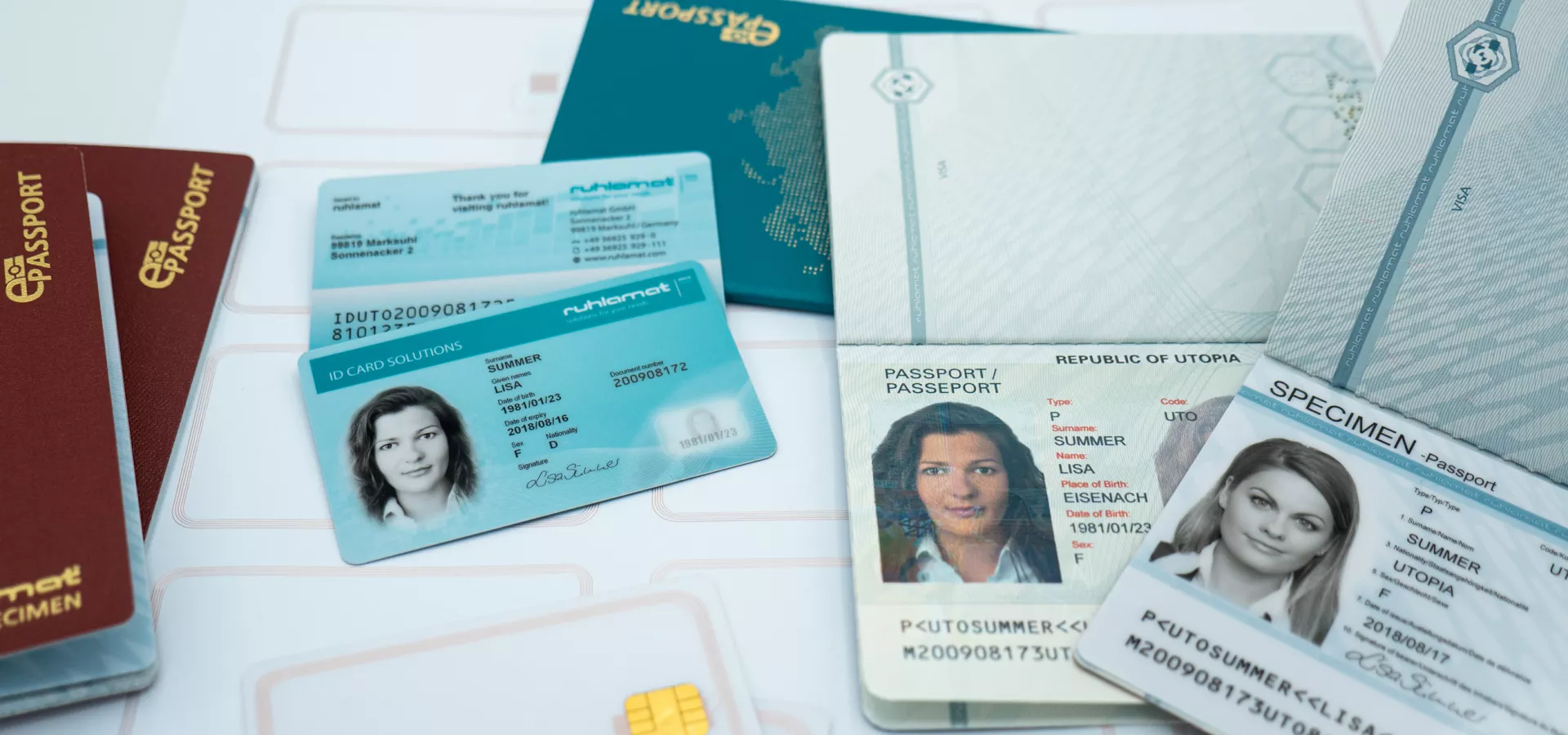
Hologram - Three-dimensional image for more security
A hologram is the result of holographic processes and techniques that can be used to create a three-dimensional image or graphics. The degree of three-dimensionality of the image or graphic depends on the particular viewing angle. Holograms are used in very small formats, for example on smart cards, because they are considered to be forgery-proof and are inexpensive to produce thanks to modern computer technology.
The basic principle of holographic techniques
Holographic techniques were originally developed to improve the work with electron microscopes. In the course of time, a successive further development finally took place. The principle of holographic techniques can be explained by looking at different types of photographs: In order to produce a black-and-white photograph, it is important to store the intensity of the incident light on the film. In the case of color photographs, on the other hand, the light frequencies are also recorded on the film in addition to the intensity. In order to create a hologram, in addition to the intensity (in the case of colored holograms, the light frequency is added), the so-called phase must also be stored in the form of the interference. To explain: When coherent light hits an object, this light is reflected and scattered by the object. The refraction and scattering provides for the emergence of a wave field, which can be called in this case also object wave. This object wave in turn encounters the so-called reference wave. This is the light emitted by the light source, which is still unscattered and unbroken. In this way, interference patterns are created between the two colliding light waves, which are stored on the film. In short, during the creation of the hologram, the three-dimensional effect is created by recognizing the (three-dimensional) shape of the object based on the refraction of light and transferring it to the carrier medium.
Using these holographic techniques to create a three-dimensional image of an object is relatively complex because not only must the object be completely motionless for several minutes, but the source of the coherent light (laser) must also be set up absolutely vibration-free. Otherwise the results will be inaccurate and the resulting hologram cannot be used. Accordingly, computer-generated holograms are frequently used nowadays. On the one hand, they offer the advantage of being significantly more accurate and, on the other hand, they can be calculated independently of the object. This form of hologram generation is mainly used for graphic images whose shape can be described with mathematical precision. Digital holography also offers faster and more precise possibilities for the creation of holograms, because the reconstruction of the images is done digitally.
Holograms as a security feature
Holograms are not only used in art or science, but also have their place as a security feature in everyday life. Many smart cards today are equipped with holograms because they prove to be particularly forgery-proof. The hologram is produced on a smart card using a combination of laser technology and multilayer foils. Accordingly, the hologram is not simply printed on the card. The advantage is that holograms are not only difficult to read, but are also very durable, inexpensive to produce and can be placed anywhere on the card surface.

In practice, real holograms are often confused with alternative security features: kinegrams, for example, do not represent three-dimensional images, but instead depict a two-dimensional motion sequence. Something else entirely different is the so-called lenticular. This is a wiggly image that is only used for impressive effects, but does not itself have any security-relevant characteristics: lenticulars or lenticular images can be easily copied and reprinted.


